Most pneumatic tools require air tool oil for optimal functionality. This oil is often expensive and sometimes hard to come by, hence the need for viable alternatives.
This article unpacks potential alternatives and how to use them.
Pneumatic oil is essential for all forms of pneumatic equipment since it provides lubrication while the equipment is in use. Here, the oil ensures less friction between moving components, prevents moisture and rust build-up, dissolves sludge, and protects O-rings.
The moving parts in air tools don’t touch. Instead, got a thin film of oil between them and they have various seals and O-rings to ensure airtight sealing. Compressed air moves the parts back and forth. To ensure proper operation, these parts require lubrication, ensuring that the seals and O-rings move as they should without getting damaged.
Following are some of the effective air tool oil substitutes. Check the tool manual before using any of these alternatives to ensure that the specific oil is safe for your application.
The transmission fluid works well for air tools, acting as a lubricant and generally allowing it to work as it should. ATF reduces wear and tear in air tools without creating residue on surfaces.
Automatic Transmission Fluid contains several useful additives including anti-oxidation additives, detergents, anti-foam compounds, etc. ATFs are inexpensive and are perhaps the best air oil substitute.
I suggest the Dexron Automatic Transmission Fluid as a cheaper alternative to air tool oils. Before using this oil, check for compatibility with your air tool.
Marvel Mystery Oil is suitable for most applications and can be used with most pneumatic tools. It contains a strong solvent, which will help lubricate nearly any tool under most conditions, dissolving any gummy residue inside the tool.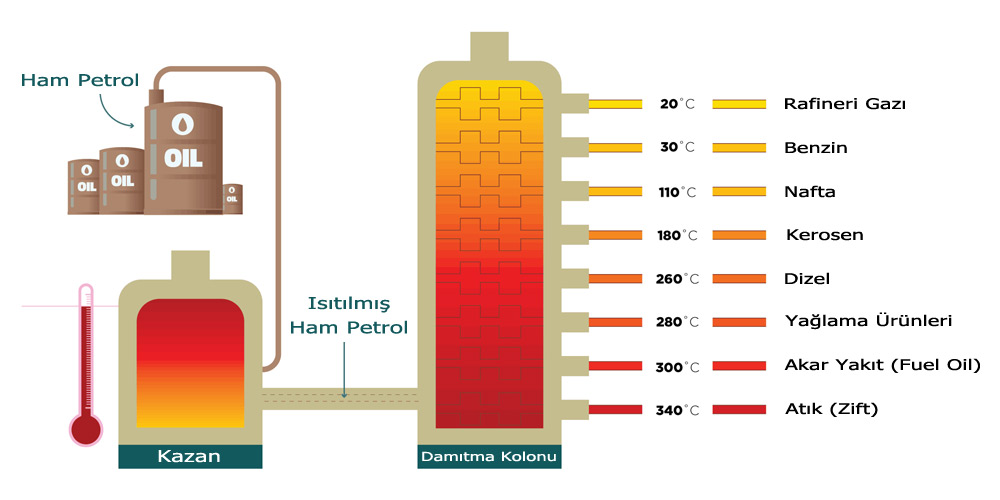
Marvel Mystery Oil – Get Here
It’s slightly more expensive than other all-purpose air tool oils but works really well and lasts long.
Hydraulic oils are ideal for high-pressure hydraulic applications, but they can also be used to lubricate lightly loaded compressors.
However, hydraulic oils usually have high viscosity and you cannot use oil with high weight on pneumatic tools.
Go with the ISO 32 hydraulic oil. This oil has a low viscosity at low temperatures, making it compatible with most pneumatic applications.
3-in-1 Oil is a petroleum-based oil that’s been in use for generations.
Generally, petroleum-based lubricants are not ideal for power tools as they can cause damage to elastomeric rubber sealings. The 3-in-1 oil seems to be the exception to the rule when it comes to petroleum-based oils and air tools. This oil is thin enough to work well in pneumatic power tools and doesn’t leave a gummy residue.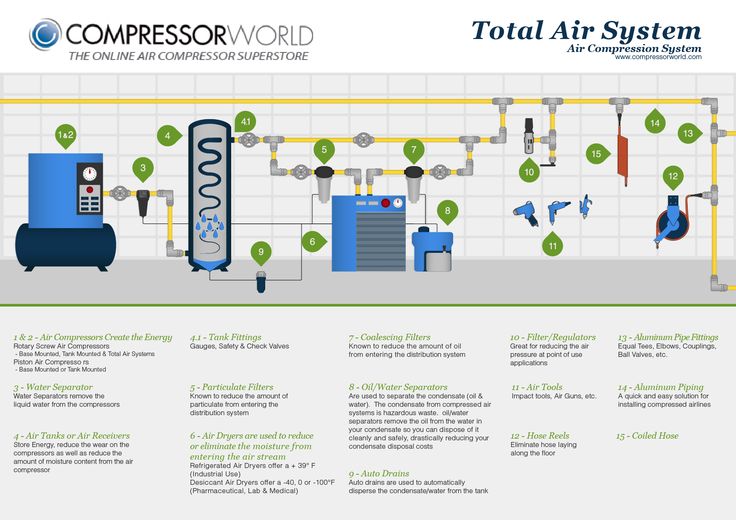
It’s perfect for most household applications with moving parts, like hinges, tools, nuts and bolts, and sewing machines.
Get 3in1 Oil for Pneumatic Tools
The 3-in-one air tool oil also dissolves sludge and gummy residue in your tool, operating it more smoothly. Make sure that you get the pneumatic tool oil and NOT the multipurpose penetrating oil.
As a last resort, you could use 10W 30 low-weight synthetic motor oil. Make sure that it is non-detergent and paraffin-free to avoid the build-up of wax inside your tool.
The above listed are some of the common alternatives to pneumatic tool oils available, and these work well in most applications. Power tool equipment manuals should always indicate which pneumatic tool oil to use with the equipment, how much of it, and oil top-up frequency. When in doubt, always refer back to the manual.
Air tool oil tends to be thinner than compressor oil.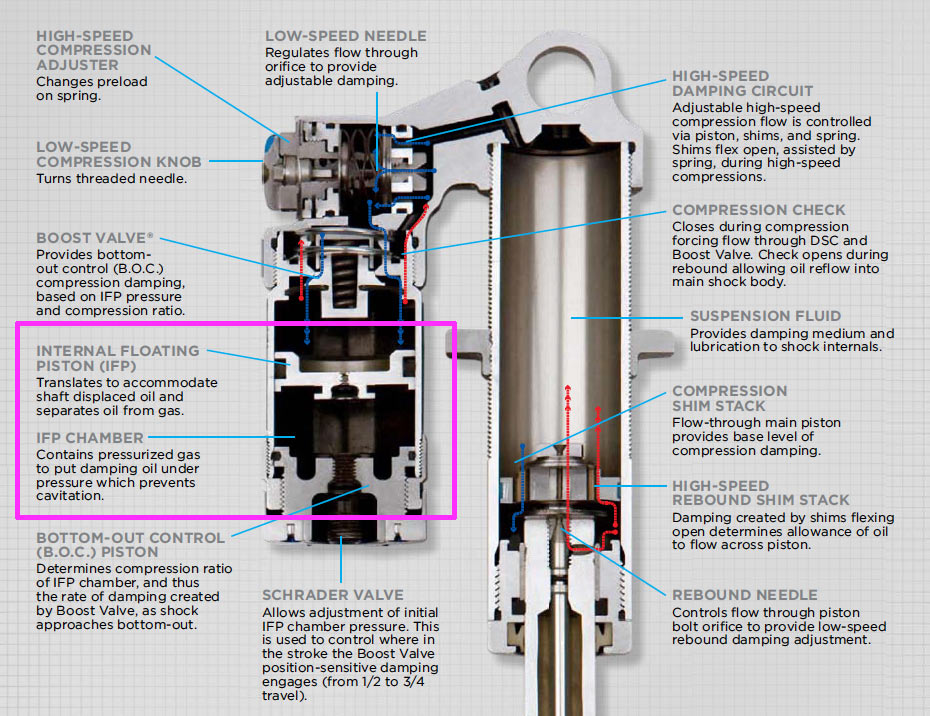 It also contains anti-rust agents. You can use a low viscous compressor oil to lubricate your air tools, but not the other way around.
It also contains anti-rust agents. You can use a low viscous compressor oil to lubricate your air tools, but not the other way around.
This is a common lubricant found in many households since a sewing machine needs to be oiled on a regular basis. So, can sewing machine oil be used for pneumatic tools?
If you have no other alternative, you could use sewing machine oil as air tool oil, although it is not recommended.
Unlike air tool oils that are mineral oils or synthetic, the sewing machine oil is a petroleum-based lubricant. Sewing machine oil may react with the rubber sealing and has a higher viscosity.
Your power tool only requires a couple of drops of oil, and one-time use of sewing machine oil is unlikely to cause any damage. However, continuous use of this lubricant can disintegrate the O-rings and will result in air leakage or jammed pistons.
Lubricating oil alternatives are legion, but some options are detrimental to your pneumatic tool’s operation. Here are the two most common ones to avoid:
Here are the two most common ones to avoid:
Diesel is petroleum-based and combustible. It’s never a good idea to use flammable, petroleum-based oils as lubricants in power tools. The petroleum reacts with the rubber made to manufacture the O-rings and other sealers inside the pneumatic tool, disintegrating them. This will create a gummy residue inside the tool, potentially damaging the tool.
In air tools such as impact wrenches or impact drivers with a built-in hammering mechanism, it can ignite diesel causing damage to the vane motor and anvil of the tool.
No, WD40 oil isn’t designed for pneumatic tools and, as such, could potentially damage your air tools. It is a degreaser that is used for removing rust, cleaning, etc. WD40 is a penetrating oil that swells the rubber sealants and in the long run dries the moving parts and can result in wear and tear.
Hence it is not recommended.
Vegetable oil produces a sticky residue inside air tools, affecting their performance and causing damage. This residue attracts dust, creating a solid deposit inside your tool or machine.
This residue attracts dust, creating a solid deposit inside your tool or machine.
Oiling air tools is a crucial step in tool maintenance. Choosing the correct oil and applying it according to the manufacturer’s guidelines ensures that your power tools function optimally and have a long lifespan.
Typically, two types of oils are available for air tools: mineral-based oil and synthetic oil.
Mineral-based pneumatic tool oils are the most commonly used and are considered the standard by most. However, this version is far more volatile than its synthetic counterpart. It thus leads to more significant oil loss during tool operation.
Mineral oil is generally more reactive than synthetic oil, and these reactions cause it to clump up. The tool life span shortens when this occurs, which counts against using mineral oil.
Synthetic tool oils are generally more expensive than their mineral-based counterparts. This increased expense is often worth it since it is designed as a high-performance oil. They reduce friction inside the tool, prolonging its lifespan.
This increased expense is often worth it since it is designed as a high-performance oil. They reduce friction inside the tool, prolonging its lifespan.
Synthetic oils aren’t reactive like their mineral-based counterparts and thus won’t clump up inside the tools.
Air tool oils act as a lubricant for pneumatic tools and thus have a low viscosity. They also act as anti-rust agents and clean the tools while in use. Air tool oils contain solvents that dissolve gum and sludge build-up within the tools. This type of build-up could potentially reduce the tool’s speed and power.
In short, the oil should have the following properties.
Air tool oils’ low viscosity allows them to be easily atomized, spreading throughout the tool by compressed air.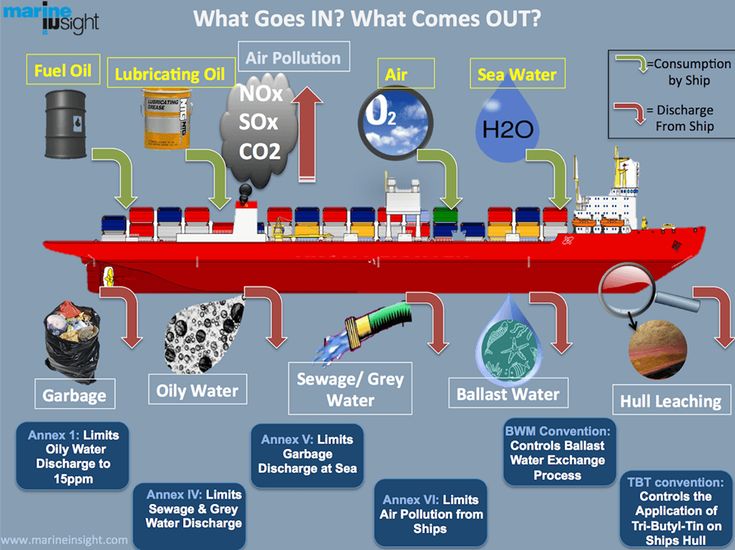 SAE (Society of Automotive Engineers) specifications govern the weight and viscosity. Typical applications call for ISO 32 grade or SAE 10 oil.
SAE (Society of Automotive Engineers) specifications govern the weight and viscosity. Typical applications call for ISO 32 grade or SAE 10 oil.
Here, the 10 represents an oil thickness rating under operating conditions, specifically how temperature affects it.
Oils with a viscosity between ISO 22 to 46 can be used for pneumatic tools, depending on the application.
Oiling air tools is an essential step in basic maintenance. It should be done as frequently as is indicated in the user manual. This differs between tools and applications. If you use your tools more often, you need to oil them more often. For regularly used tools, it’s best to do it according to a set schedule. This ensures that you don’t forget and skip a cycle, potentially compromising your tool’s functioning.
To oil your air tool, you need specific oil containers or tools. These vary depending on the tool and application, so it’s best to check the user manual for more information. The main aim of these tools is to release oil slowly, helping ensure that you add the right amount of oil to your tool. Adding too much or too little could damage your tools.
The main aim of these tools is to release oil slowly, helping ensure that you add the right amount of oil to your tool. Adding too much or too little could damage your tools.
There are many methods for oiling air tools. The most common ones are outlined below.
This is the most common method of oiling nail guns, impact wrenches, air hammers, die grinders, etc.
If your tool doesn’t a specific oil reservoir, disconnect the compressed air pipe from the inlet of the power tool. Then you could complete the task by adding a few drops of oil to the air inlet. Once you connect the tool’s inlet to the air hose, the compressed air will distribute the oil from here.
Some tools have an oil reservoir. Use a screwdriver or hex wrench set to open the reservoir if yours is like this. Drip oil here until you reach the required volume as prescribed in the manual.
An air tool oiler is specially designed to add oil to pneumatic equipment. Fill the oiler with the correct amount of air tool oil to use this. Next, attach the oiler before the tool’s air inlet. The oil will be distributed through your tool as air passes through the tool oiler. Ensure that the air tool oiler is attached at the tool end of your air system, not at the compressor side. Typically, multiple tools will run off the same compressor system, which may have differing oil needs. Attaching the pneumatic tool oiler to the compressor side will distribute the oil to all equipment and thus potentially damage tools that aren’t compatible with that oil.
Fill the oiler with the correct amount of air tool oil to use this. Next, attach the oiler before the tool’s air inlet. The oil will be distributed through your tool as air passes through the tool oiler. Ensure that the air tool oiler is attached at the tool end of your air system, not at the compressor side. Typically, multiple tools will run off the same compressor system, which may have differing oil needs. Attaching the pneumatic tool oiler to the compressor side will distribute the oil to all equipment and thus potentially damage tools that aren’t compatible with that oil.
A lubricator is attached to the air system, similar to an air tool oiler. This tool releases oil into the air system at a controlled rate, ensuring that the tools are appropriately lubricated while in operation. Adjusting the drip rate (oil-fog or micro-fog) alters the rate at which the oil mist is released into the system – this rate depends on the application.
FRL is short for Filter, Regulator, Lubricator.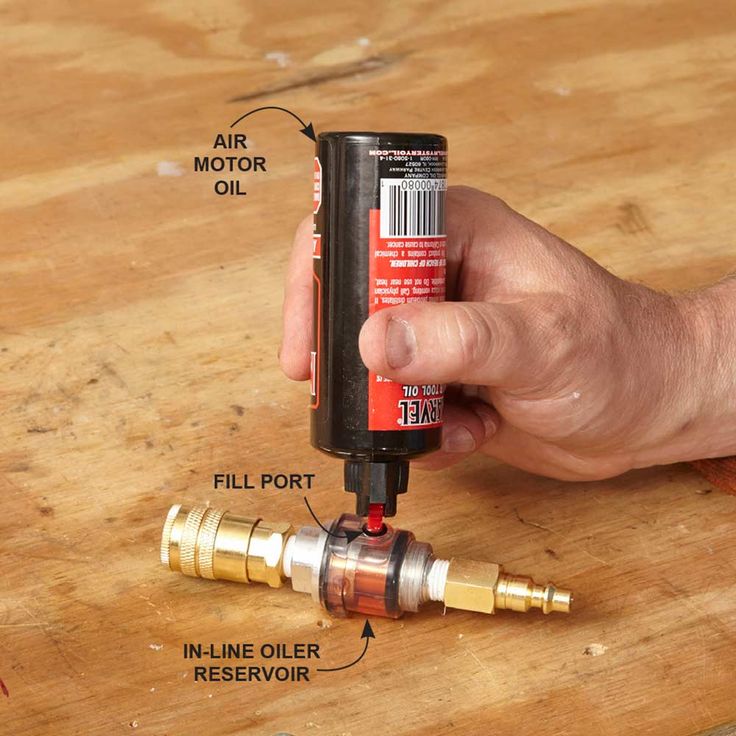 This unit supplies lubrication to the air tool. It also contains an air filter and regulator. The air filter prevents dirt from entering the power tool’s system. At the same time, the regulator maintains pressure on your tool according to manufacturer guidelines. Attaching this unit is a slightly larger task, but it precisely manages the oil supply to your air tool.
This unit supplies lubrication to the air tool. It also contains an air filter and regulator. The air filter prevents dirt from entering the power tool’s system. At the same time, the regulator maintains pressure on your tool according to manufacturer guidelines. Attaching this unit is a slightly larger task, but it precisely manages the oil supply to your air tool.
All air tools don’t use oil. There determining factor here is the driving mechanism. Generally, if the tool is driven by air, it needs air tool oil. If it’s only controlled by pneumatics, but not driven by compressed air, it doesn’t need to be oiled. There are exceptions to this rule, however.
Some pneumatic tools are made to be oil-less. These include oil-free nail guns for wood finishing, pneumatic screwdrivers used in clean-room conditions, etc. where you cannot have any oil on the final product. Check the user manual if you’re unsure whether your air tool needs oil.
Contents
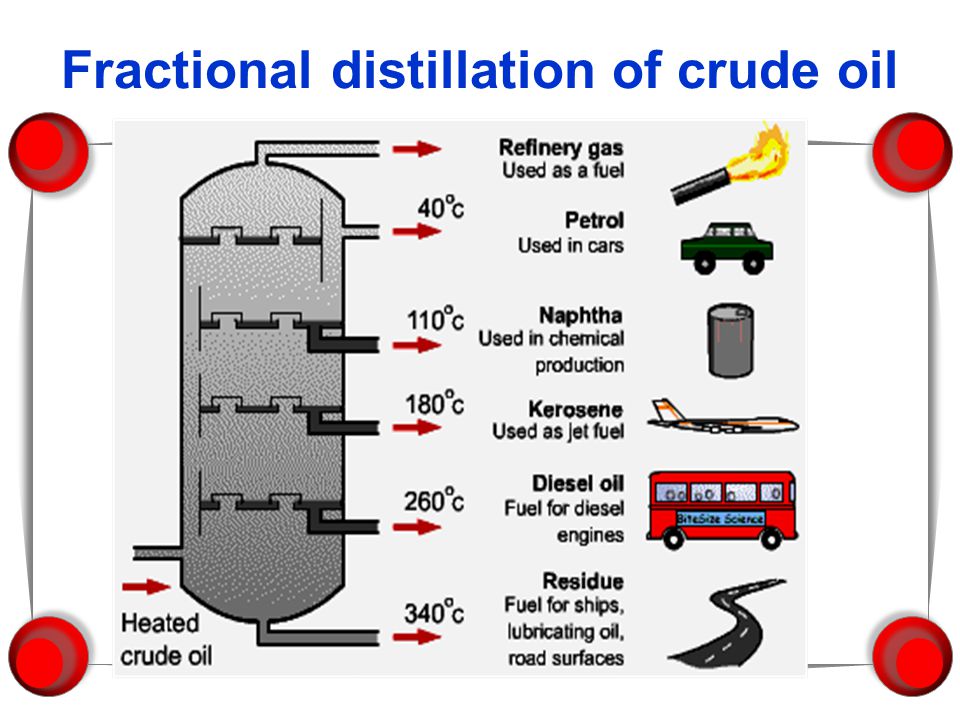 Automatic Transmission Fluid (ATF)
Automatic Transmission Fluid (ATF)Home » Air Tools
56 products
Air tool oil is used to keep air-powered tools maintained and working. Oil is applied to the air intake. It moves through the tool as air passes through it during use, lubricating all exposed parts.
Oil is applied to the air intake. It moves through the tool as air passes through it during use, lubricating all exposed parts.
| Loading... |
Loading.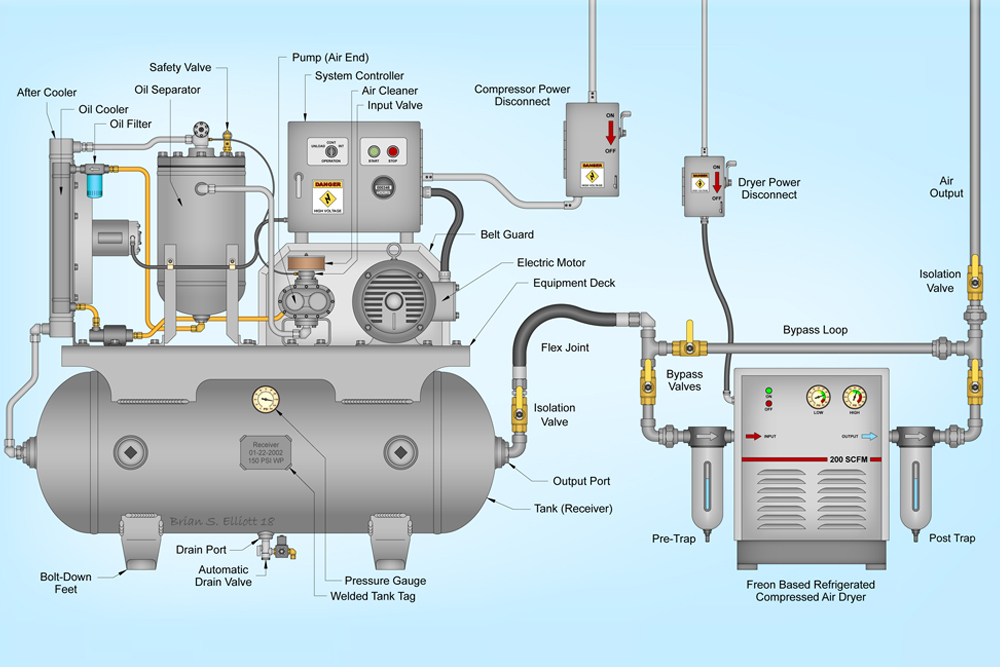 .. .. |
| Loading... |
Loading.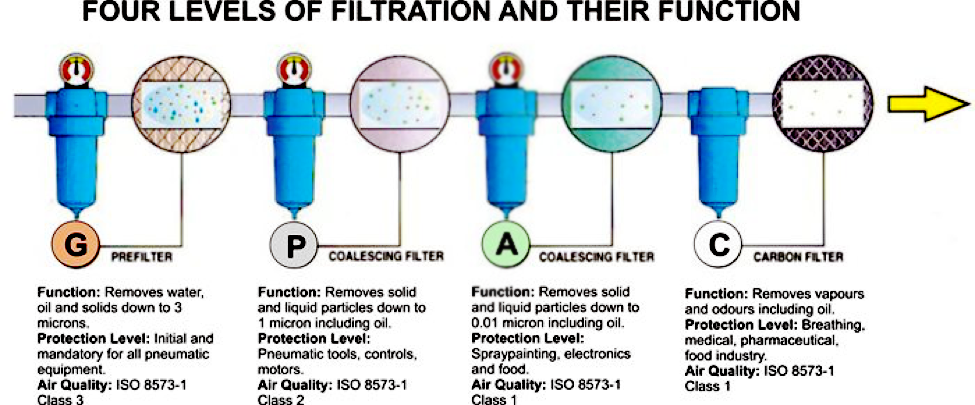 .. .. |
| Loading... |
Search products in Pneumatic oil
Sort by
Popularity
Compressor oil FUBAG VDL 1l.
Article VOLEX —
00009462
701.69 ₽
/ pcs.
Price current as of 23.01.2023
95821 Pneumatic oil DB 120 ml
Price current as of 23.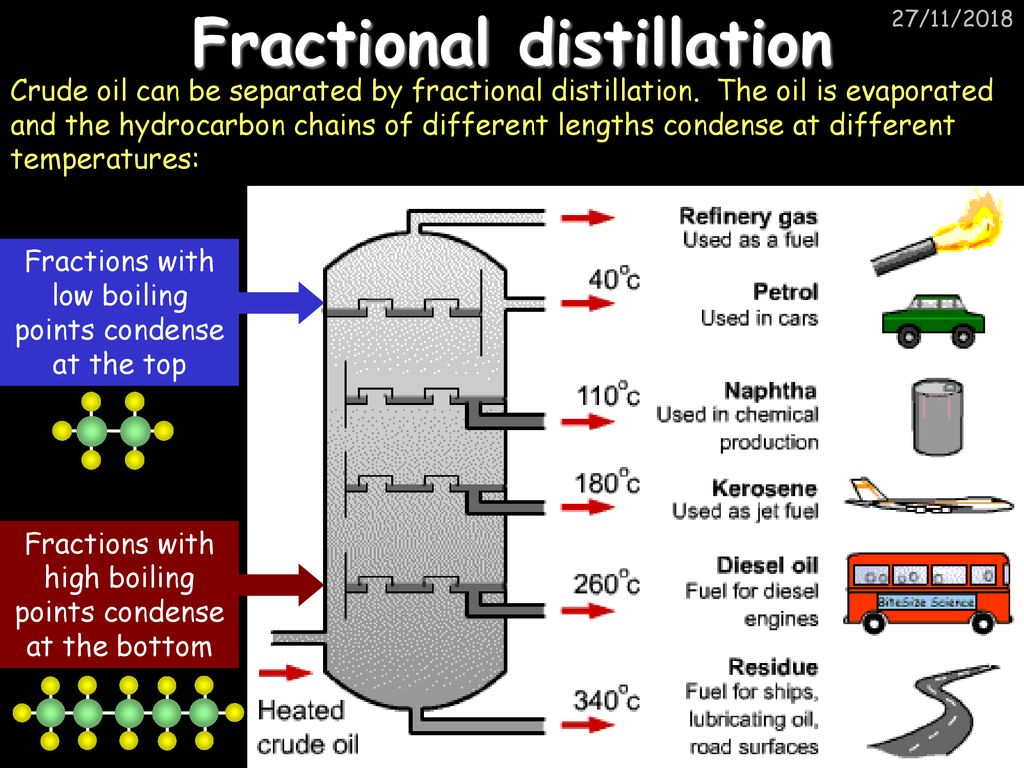 01.2023
01.2023
95848 Oil DB 74ml
Article VOLEX —
00001070
1 263.80 ₽
Price current as of 01/23/2023
95544 Bearing oil DB 70ml.
Article VOLEX —
00059062
924.71 ₽
/ pcs.
Price current as of 23.01.2023
Oil for pneumatic tools Sumake WH 45 (100 ml)0003
1014831
200.00 ₽
/ pcs.
The price is relevant on 23.01.2023.
oil for the Sumake WH 45 pneumatic tool (1 liter)
Article Volek -
1014764
690.00 ₽
/ liter 23.01.01.2023
Out of stock
Oil for pneumatic equipment AGIP ASP C32 (1l).
Article VOLEX —
00059473
Out of stock
Out of stock
95842 Air oil instr.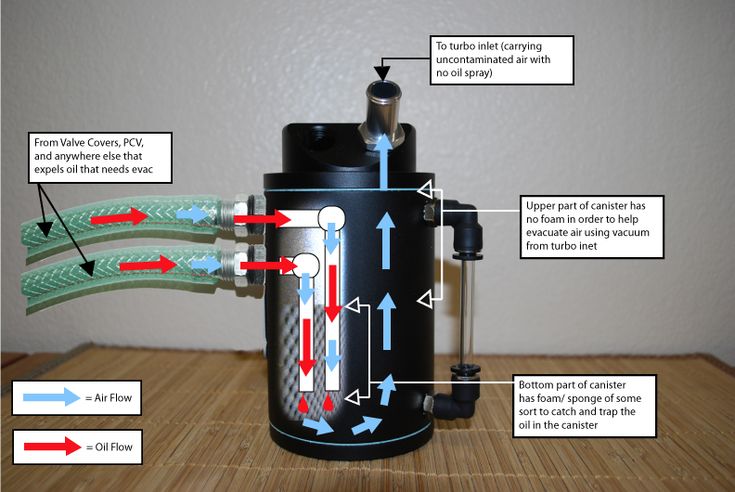 DB 473 ml
DB 473 ml
Article VOLEX —
00001069
Out of stock
Pneumatic oil ensures durability and trouble-free operation of pneumatic devices. Any pneumatic tool has a large number of rubber seals that protect important components from friction. Rubber rings and gaskets are also responsible for the tightness and movement of the piston elements. For lubrication of pneumatic system units and rubber seals, special lubricants are used that are neutral to rubber rings and gaskets, without having a destructive effect on them. nine0003
Industrial equipment with pneumatics is lubricated automatically using a lubricator that supplies pneumatic oil to rubber seals and pistons in the form of an air-oil mixture.
When working with pneumatic construction tools, it will be necessary to regularly lubricate the rubber rings and gaskets by adding a couple of drops to the fitting from an oil can before using various types of tools:
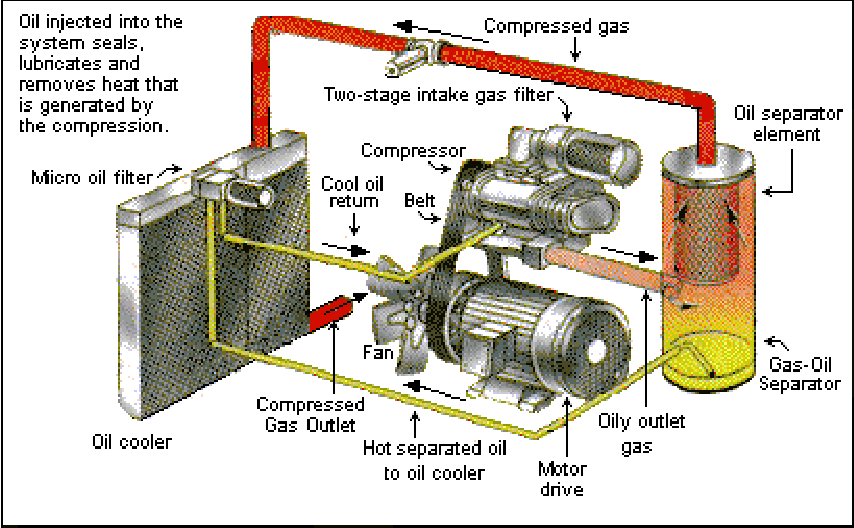
Do not use the tool without air oil. Otherwise, it will quickly fall into disrepair.
Air tool oil is a highly refined mineral lubricating oil. It is produced on the basis of paraffin and contains a large number of components:
Pneumatic oil protects the moving parts of the pneumatic system from premature wear, corrosion and aging. This type of lubricant has a low viscosity, making it easy to spray or deliver to high friction parts with compressed air.
When lubricating air tools, you must select a lubricating oil that has a specific viscosity standard. The manufacturer always reflects this information in the labeling of their products, using the ISO 3448 standard. According to the accepted international classification, the viscosity of oil for air tools should have a factor of 46 and 100.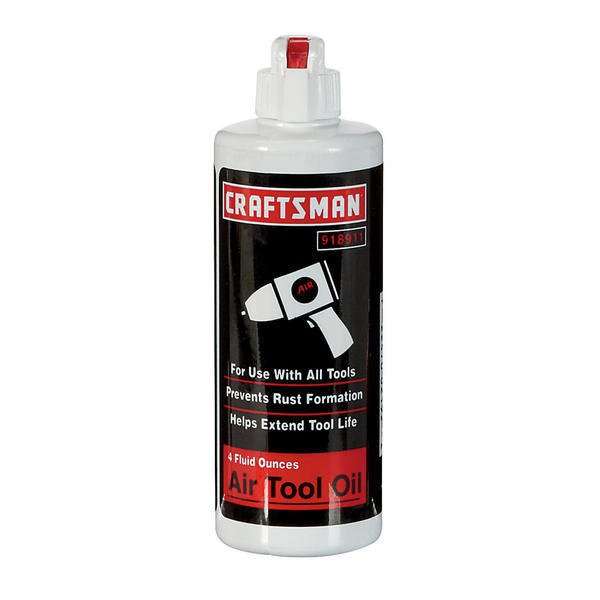 A lubricant having a factor of 46 can be used to service all pneumatic tools, and compositions with a factor of 100 are used in industrial equipment and in devices equipped with a special system for supplying an oil-air mixture to moving pneumatic units, or in compressors. nine0003
A lubricant having a factor of 46 can be used to service all pneumatic tools, and compositions with a factor of 100 are used in industrial equipment and in devices equipped with a special system for supplying an oil-air mixture to moving pneumatic units, or in compressors. nine0003
Compressor oil must not be used in air tools as it has a high viscosity. Due to this, wear of rubbing parts increases. When using a lubricant composition with a viscosity of 46 in the compressor, the piston part of industrial equipment will not be fully lubricated.
When choosing a pneumatic oil, you should always pay attention to the viscosity index of such a lubricant composition. Other criteria are irrelevant. Products of this type from different manufacturers do not differ in composition, since all lubricants enterprises use the same ISO 3448 quality standards in the production of technical oils. nine0003
Oil for pneumatic tools is presented in different packages:
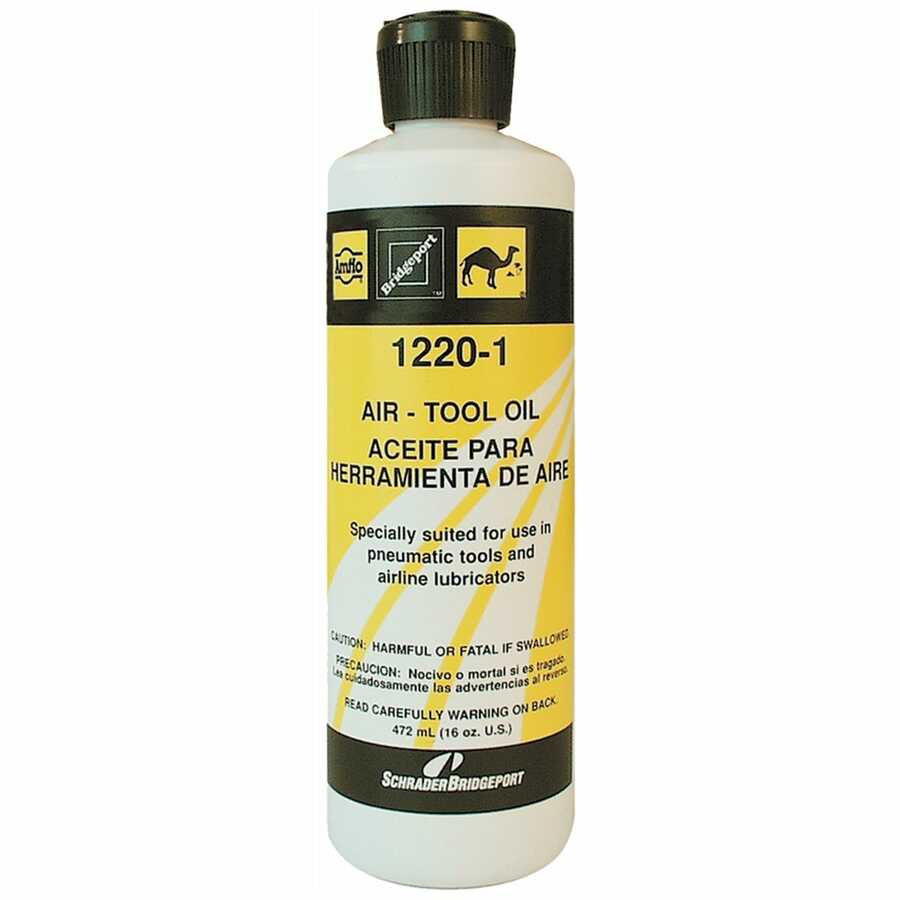
All types of these lubricants create a high adhesion of the resulting oil film on metal and rubber surfaces, protecting them from wear, rust and friction. When using such lubricating compositions, oil mist is not formed in the working area. Lubrication of this type can be used both at plus and minus temperatures. Pneumatic oils will help reduce the cost of repairing pneumatic tools and extend their life. nine0003
Authorized representatives of well-known manufacturers offer quality pneumatic lubricants at a bargain price.
Today the following brands are highly rated on the Russian market:
These brands offer a lubricant that does not attack rubber seals and provides a complete protective layer on the moving parts of the pneumatic mechanism. A variety of packaging in the proposed model ranges allows you to purchase lubricant for household pneumatic tools in a small volume at an affordable price.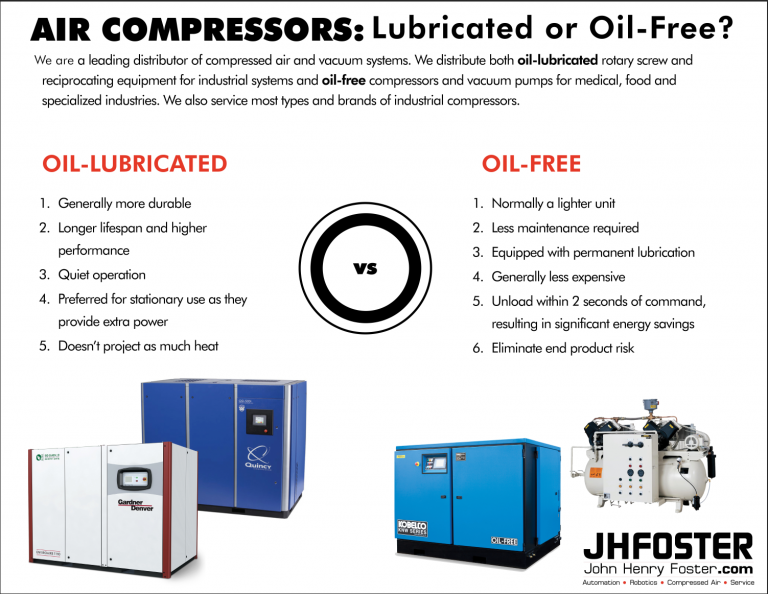 nine0003
nine0003
Home » Construction chemicals and lubricants for asphalt and concrete » Special products for construction machinery » Air tool oil Divinol Bohr- und Lufthammeroel Universal
1 l.
1 572.00 ₽
20 l.
21 312.00 ₽
200 l.
185 916.00 ₽
nine0002 1 l. — 1 272.00 ₽20 l. — 16 956.00 ₽
200 l. — 145 488.00 ₽
P/N: 06040
- Lubricating oil for pneumatic tools and machines in construction, mechanical engineering and many other industries
- Based on mineral oil
- Excellent EP characteristics
- Excellent adhesion
- Excellent corrosion protection characteristics
Performance:
| Performance | Unit rev. | Tech. specifications | Standard |
|---|---|---|---|
| Appearance | light yellow | ||
| Viscosity /40°C | mm²/s | 22 | ASTM D 7042 |
| Density /15°C | kg/m 3 | 910 | DIN EN ISO 12185- |
| Pour Point | °С | <-35 | DIN ISO 3016 |
| Flash Point (Cleveland) | °С | >170 | DIN ISO 2592 |
| Operating temperatures | °C | -30 - +100 (max.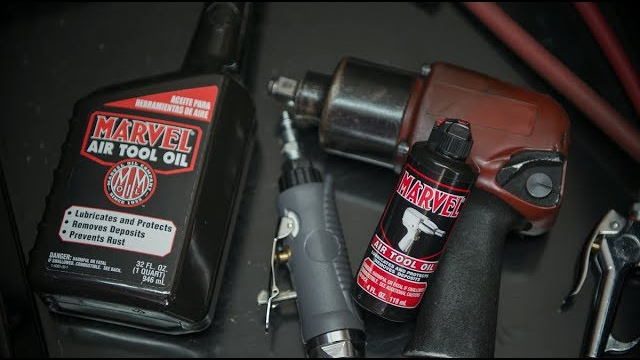 +120) +120) |
Usage:
Divinol Bohr- und Lufthammeroel Universal lubricant for pneumatic tools and machines. The product is used to lubricate all kinds of impact and drilling pneumatic tools in the construction industry, construction machinery and other various industries, compressor motors, dump truck pneumatic systems, pneumatic cylinders, etc. nine0003
Air tool oil Divinol Bohr- und Lufthammeroel Universal perfectly protects against wear and tear of moving and rotating parts, internal parts of tools and machines, as well as against corrosion.
Lubricating film that binds water condensate by forming an emulsion. This prevents ice formation. The low pour point guarantees reliable operation of the product even at low temperatures.
We recommend Divinol Bohr- und Lufthammeroel Universal air tool oil, which is excellent for light equipment. nine0003
Interested in
Your question has been successfully sent.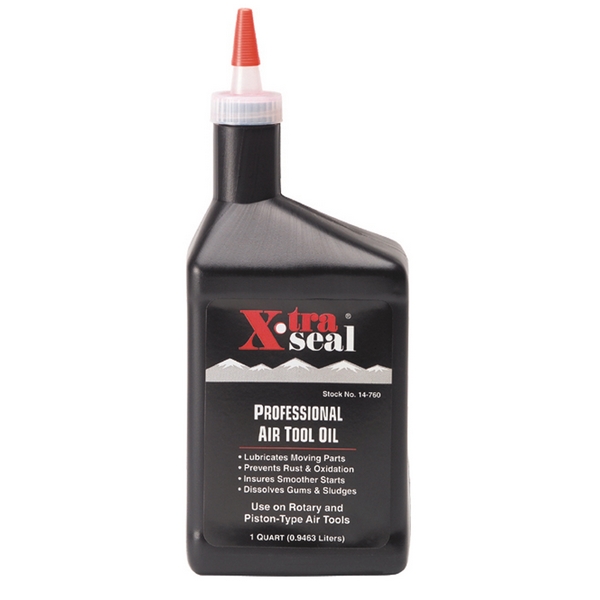 Thank you!
Thank you!
P/N: 06040
- Lubricating oil for pneumatic tools and machines in construction, mechanical engineering and many other industries
- Based on mineral oil
- Excellent EP characteristics
- Excellent adhesion
- Excellent corrosion protection characteristics
Performance:
| Indicators | Unit rev. | Tech. specifications | Standard |
|---|---|---|---|
| Appearance | light yellow | ||
| Viscosity /40°C | mm²/s | 22 | ASTM D 7042 |
| Density /15°C | kg/m 3 | 910 | DIN EN ISO 12185 |
| Pour point | °С | <-35 | DIN ISO 3016 |
| Flash Point (Cleveland) | °С | >170 | DIN ISO 2592 |
| Operating temperatures | °C | -30 - +100 (max.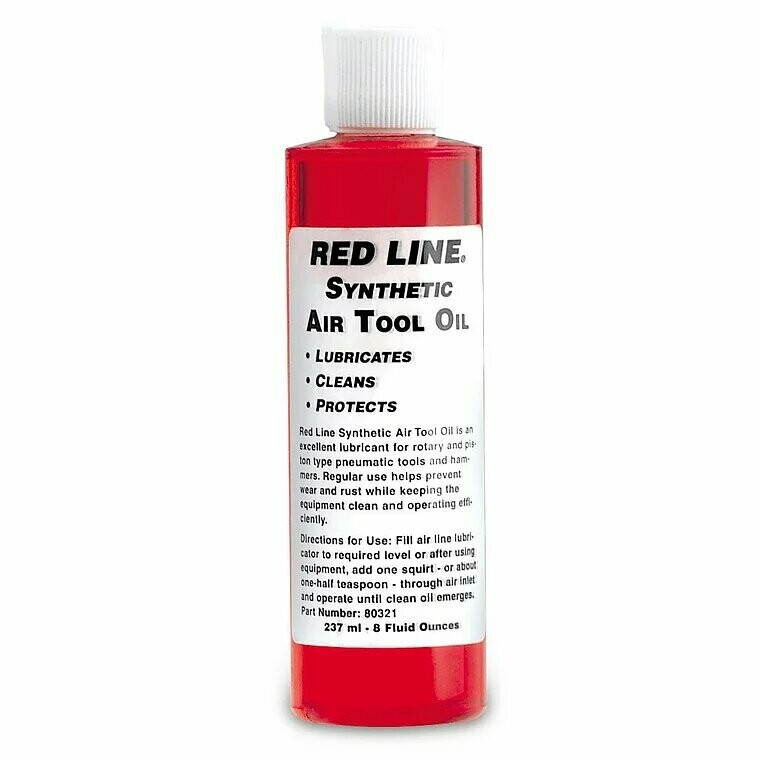 |